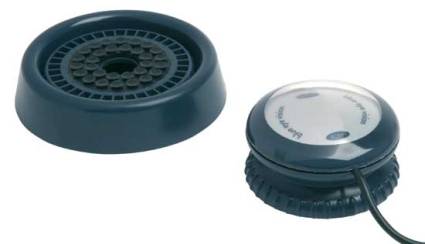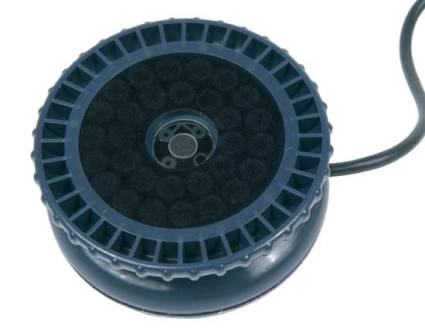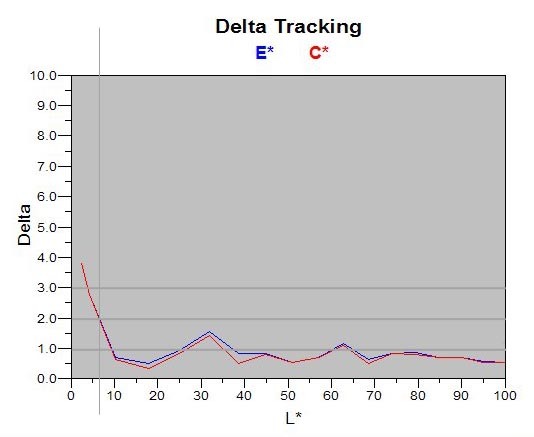The Secret Sauces of THG's LCD Tests
Color Rendering Tests
The most important quality we're looking for in a monitor, whatever the technology employed, is color accuracy. To measure the chromatic accuracy of displayed shades, we use LaCie Blue-Eye.
We use it as a calibrator, allowing us to verify the accuracy of the different shades with respect to gamma and color temperature settings.
The calibration provides us with a DeltaE graph for each monitor. This figure corresponds to the difference between the color we want and that actually reproduced. A DeltaE less than or equal to 1 is tantamount to perfect: there is no perceivable difference between the color expected and that rendered. Above a DeltaE vale of 3, the human eye can spot the difference.
On the x-axis (abscissa): the values go from black (0) to white (100). On the y-axis (ordinate): the corresponding DeltaE reading. The graph for our Prophetview 920 Pro shows:
- DeltaE < 2 = 94 % of the colors displayed, from dark grey to white, are correct.
- DeltaE < 1 = 76 % of the colors are perfectly reproduced.
- DeltaE > 3 = 4 % of the colors displayed are not correct. This is invariably the case with darker colors on TFT monitors.
This test allows us to tell:
- The contrast level in the calibration conditions;
- The depth of black displayed;
- The real brightness of the screen.
Get Tom's Hardware's best news and in-depth reviews, straight to your inbox.
Current page: Color Rendering Tests
Prev Page The Test Bed Next Page Color Rendering Tests, Continued

